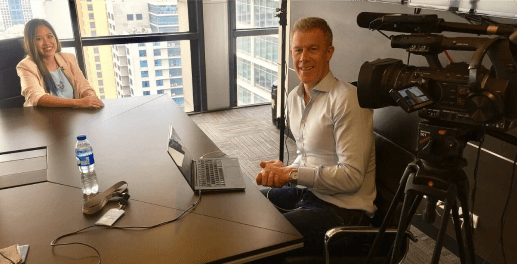Capgemini-WNS acquisition stirs concerns over AI-labor clash

PARIS, FRANCE — Capgemini’s $3.3 billion acquisition of WNS, announced in July 2025, is being touted as a bold fusion of artificial intelligence innovation and business process outsourcing (BPO) expertise.
But industry observers warn the deal exposes a fundamental clash between Capgemini’s AI-driven vision and WNS’s labor-intensive business model.
Capgemini, headquartered in Paris and operating in over 50 countries with a workforce exceeding 350,000, is betting on its “Intelligent Operations” strategy. This approach leverages advanced AI platforms like Resonance, requiring significant investments in semiconductor-powered infrastructure.
In contrast, WNS, based in Mumbai and employing more than 60,000 people across India, the Philippines, South Africa, and the UK, earns over 85% of its revenue from traditional BPO services—data processing, back-office operations, and IT support for sectors such as healthcare and manufacturing.
“For investors, the risks of overvaluation, operational dissonance, and shifting market dynamics far outweigh the perceived synergies,” says analyst Victor Hale.
WNS’s 18.7% operating margin in FY2025 relies on low-cost offshore labor, while Capgemini’s AI initiatives demand high-margin, R&D-heavy investments. Rising semiconductor costs—up 12% year-over-year in early 2025—further threaten to squeeze margins.
Valuation and market pressures
Capgemini’s offer of $76.50 per WNS share represents a 17% premium over the pre-announcement price. The company projects 4–7% EPS accretion by 2027, banking on $100–140 million in cross-selling and $50–70 million in cost savings.
However, WNS’s Q2 2025 revenue fell 4.4% year-on-year, and attrition rates have climbed to 34%.
“Integrating its BPO operations into Capgemini’s AI ecosystem could exacerbate margin erosion, especially as AI infrastructure costs balloon,” notes Hale.
WNS’s operating margin has already slipped from 21.5% in 2024 to 18.6% in the latest quarter.
Geopolitical and supply chain risks
The acquisition also exposes Capgemini to geopolitical and supply chain volatility. The ongoing U.S.-China tech cold war has disrupted semiconductor supplies, crucial for Capgemini’s AI projects. Meanwhile, WNS’s dependence on labor hubs like India and the Philippines leaves it vulnerable to regional instability.
Investment outlook: Look to semiconductor leaders
For investors, the risks of overvaluation, integration challenges, and macroeconomic headwinds outweigh potential rewards.
“Merging AI-driven tech with labor-heavy BPO is akin to mixing oil and water,” Hale observes.
Instead, he recommends hedging with semiconductor infrastructure leaders such as ASML and Lam Research, which are better positioned to benefit from AI’s growing compute demands.

 Independent
Independent




